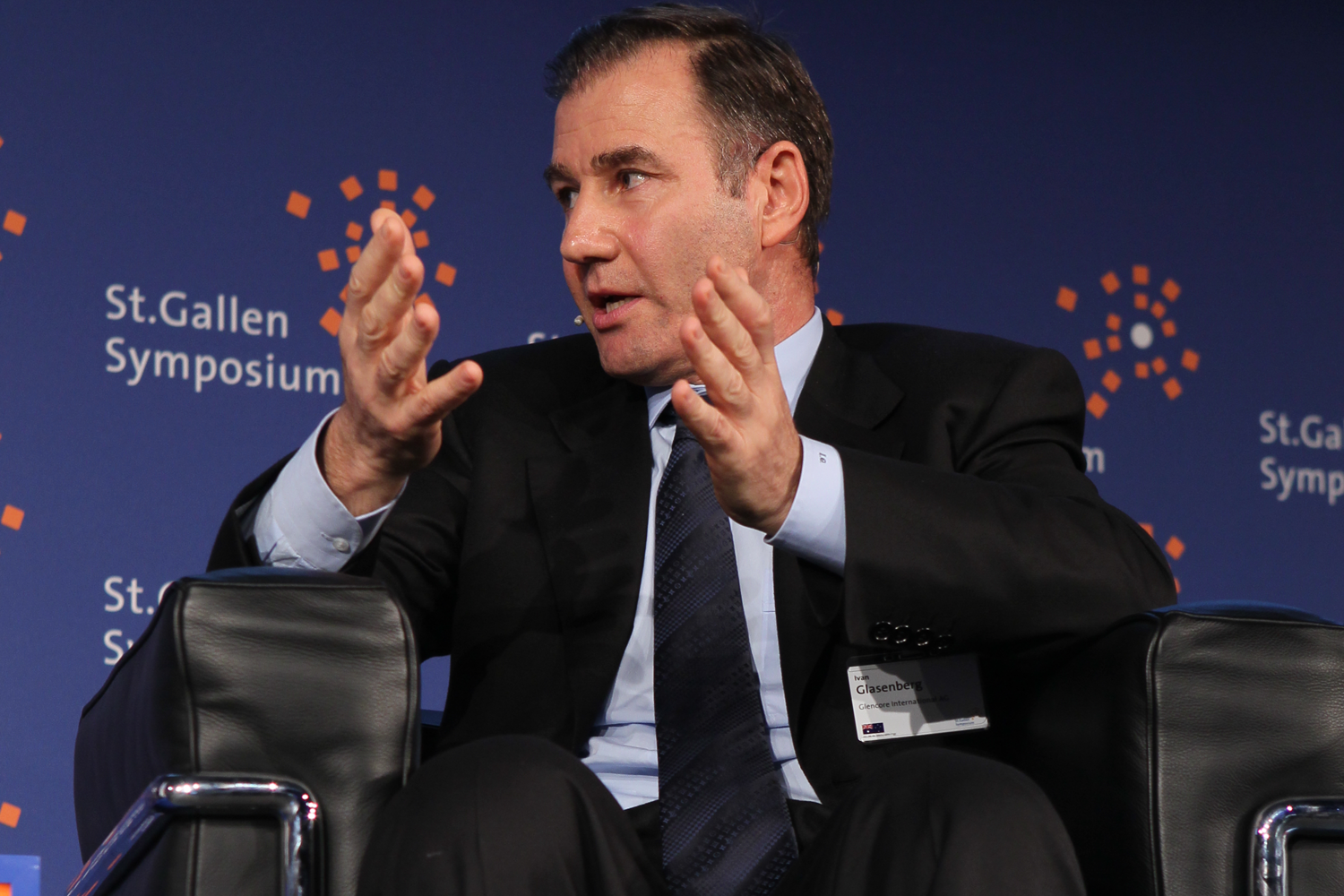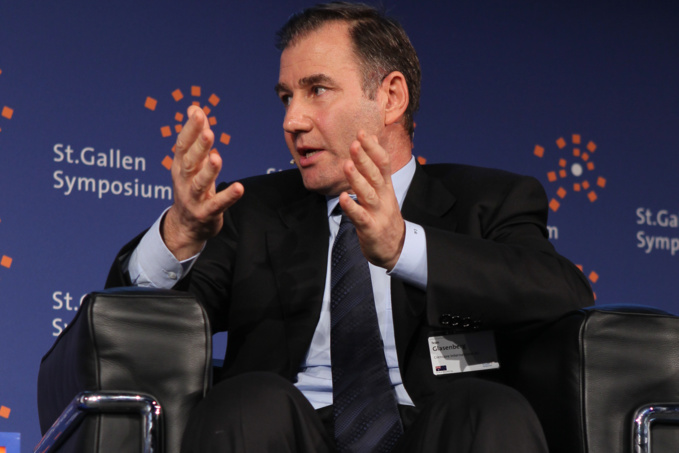"Since initial public offering in 2011 and subsequent acquisition and integration of Xstrata, Glencore has never been so well positioned as it is today," – commented Glasenberg.
At the beginning of December 2016, the company announced that it has completed sale of global assets for 4.7 billion dollars to reduce the net debt. In December 2016, the Swiss company has promised to pay more than $ 1 billion in dividends in 2017, and even bigger amount in 2018, after binding size of the payments to the net profit.
Glencore International AG is a Swiss trading company, one of the world's largest suppliers of commodities and rare-earth materials. The organization operates in more than 50 countries and employs more 160 thousand people in agriculture, energy, metals and minerals sectors.
Modern market is essentially virtual. Transactions there concern real goods that will never be moved physically. Glencore, on the other hand, trades for real, and also mines and manufactures. In the physical world of commerce - purchase, transportation and sale of basic materials, Glencore is omnipresent and at the center of discussions, just like Goldman in banking. However, the company is not an old-timer: "It is a modern financial engineering along with an old-fashioned commodity trading house," said John Kilduff, a partner at Again Capital LLC hedge fund in New York.
Being larger than Nestle, Novartis and UBS in terms of income, Glencore’s network of 2,000 merchants, lawyers, accountants and other staff in 40 countries provides real-time support to the market, told Reuters before Glencore’s IPO in London.
After triumphant IPO on May 19, 2011 (shares were sold for around $ 10 billion, market capitalization of $ 59.9 billion), the company soon began to accumulate debts. Glencore met 2015 with $ 25.9 billion of debt. However, the company recovered faster than expected, reducing the amount of debt much faster than intended. Commodity price charts, which terribly sagged a year ago and then rushed up (zinc and lead literally skyrocketed) explain external causes of Glencore’s renaissance. Recall that in May 2016 the company was worth almost twice less than during IPO five years ago.
The prices of commodities, however, did just half of the job, and personal factor played a role no less significant. The new takeoff of Glencore happened thanks to its CEO Ivan Glasenberg, who is said to be a man who all his life has been striving to be perfect trader. The company builds its business on such employees, its traders are called "stars", "thinkers" and "soldiers" at the same time. Traders there are regarded as an asset, in a sense, just as important as Glencore’s presence in companies – producers of copper, nickel, ferrochrome, zinc and aluminum.
Glasenberg headed the company in 2002, and during this time Glencore won its current status of an extremely extensive and very large market player.
source: reuters.com
At the beginning of December 2016, the company announced that it has completed sale of global assets for 4.7 billion dollars to reduce the net debt. In December 2016, the Swiss company has promised to pay more than $ 1 billion in dividends in 2017, and even bigger amount in 2018, after binding size of the payments to the net profit.
Glencore International AG is a Swiss trading company, one of the world's largest suppliers of commodities and rare-earth materials. The organization operates in more than 50 countries and employs more 160 thousand people in agriculture, energy, metals and minerals sectors.
Modern market is essentially virtual. Transactions there concern real goods that will never be moved physically. Glencore, on the other hand, trades for real, and also mines and manufactures. In the physical world of commerce - purchase, transportation and sale of basic materials, Glencore is omnipresent and at the center of discussions, just like Goldman in banking. However, the company is not an old-timer: "It is a modern financial engineering along with an old-fashioned commodity trading house," said John Kilduff, a partner at Again Capital LLC hedge fund in New York.
Being larger than Nestle, Novartis and UBS in terms of income, Glencore’s network of 2,000 merchants, lawyers, accountants and other staff in 40 countries provides real-time support to the market, told Reuters before Glencore’s IPO in London.
After triumphant IPO on May 19, 2011 (shares were sold for around $ 10 billion, market capitalization of $ 59.9 billion), the company soon began to accumulate debts. Glencore met 2015 with $ 25.9 billion of debt. However, the company recovered faster than expected, reducing the amount of debt much faster than intended. Commodity price charts, which terribly sagged a year ago and then rushed up (zinc and lead literally skyrocketed) explain external causes of Glencore’s renaissance. Recall that in May 2016 the company was worth almost twice less than during IPO five years ago.
The prices of commodities, however, did just half of the job, and personal factor played a role no less significant. The new takeoff of Glencore happened thanks to its CEO Ivan Glasenberg, who is said to be a man who all his life has been striving to be perfect trader. The company builds its business on such employees, its traders are called "stars", "thinkers" and "soldiers" at the same time. Traders there are regarded as an asset, in a sense, just as important as Glencore’s presence in companies – producers of copper, nickel, ferrochrome, zinc and aluminum.
Glasenberg headed the company in 2002, and during this time Glencore won its current status of an extremely extensive and very large market player.
source: reuters.com



















